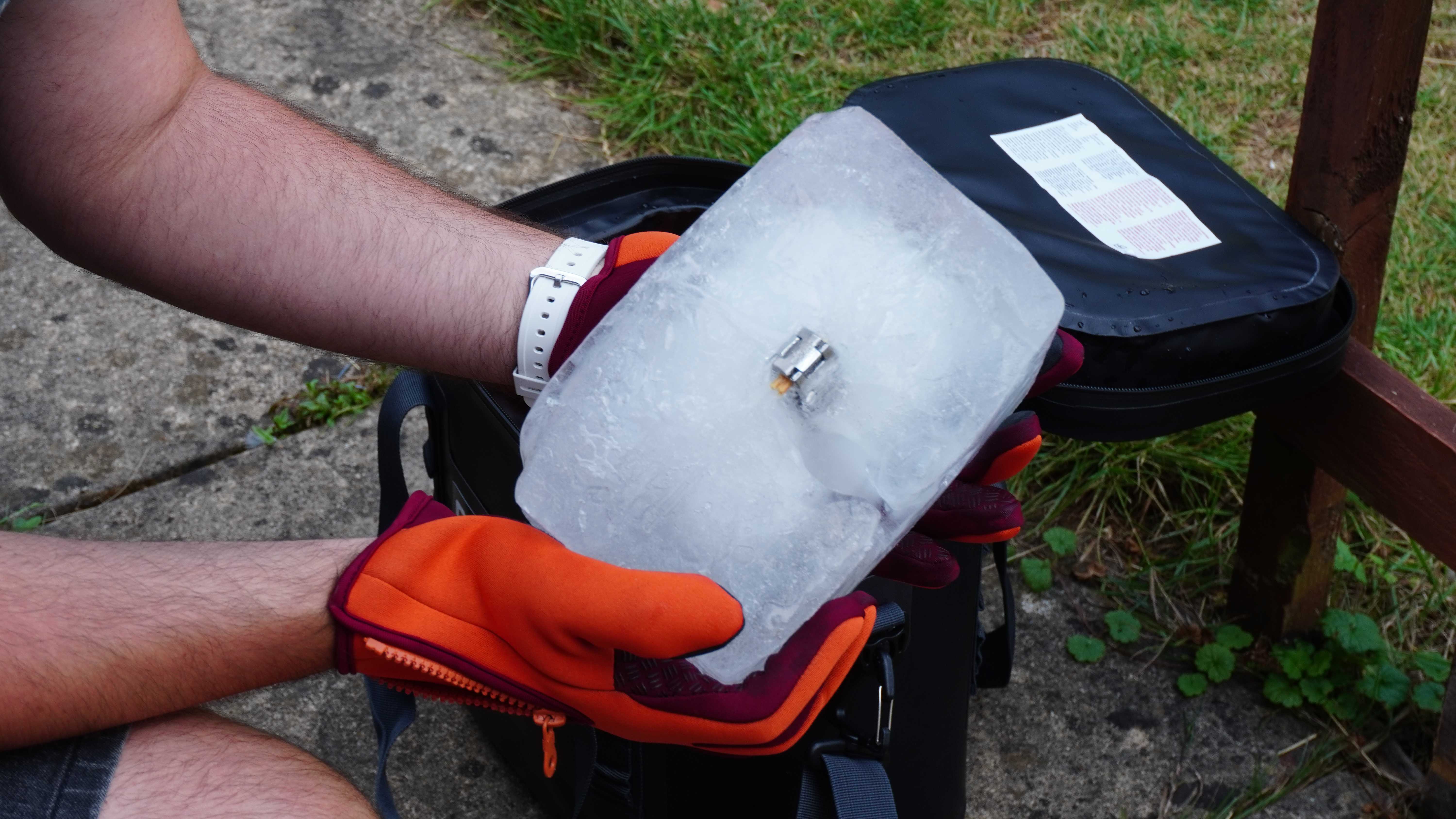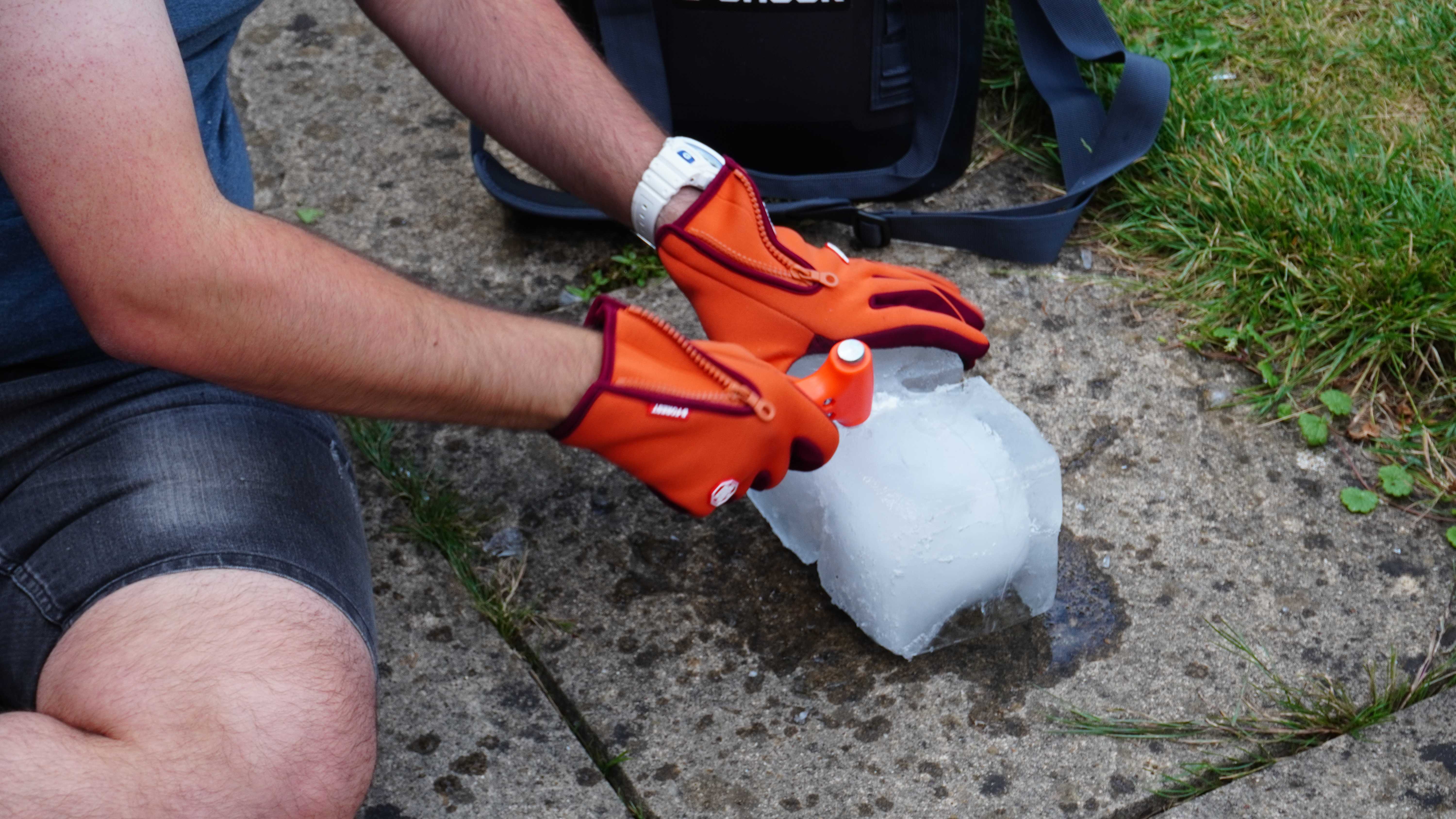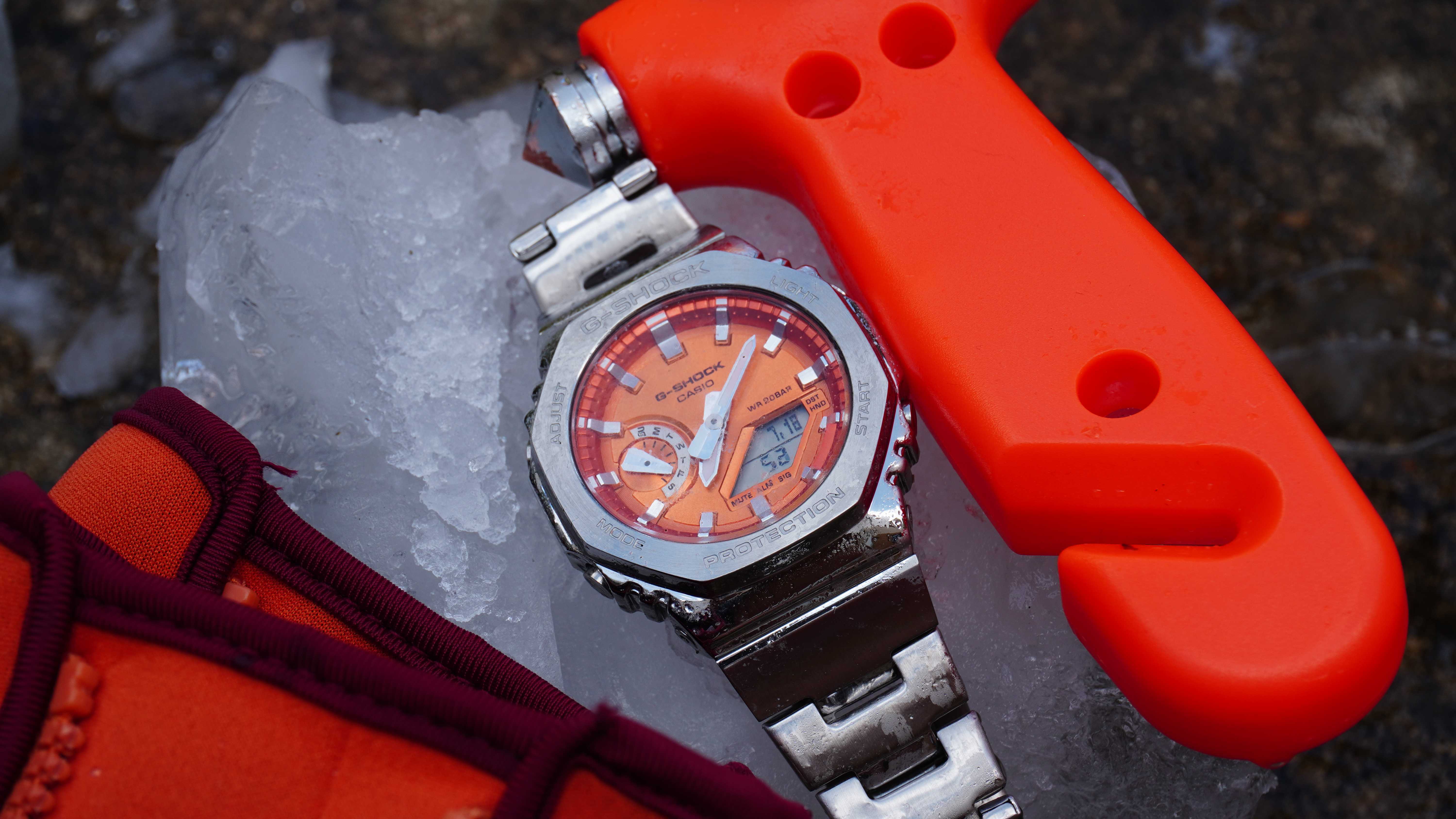
Otzi the Iceman. An American military plane. Han Solo.
These are all things you'd associate with being frozen. And now, I'm adding my new Casio G-Shock to that list, as the new G-Steel 2100 turned up at my door frozen solid in a block of ice.

Still, I was ready. Armed with some extremely insulated gloves and a small hammer, I set about trying to free my new timepiece from its icy shell. It took a little more effort than first expected – who knew cold water could put up such a fight – but eventually I managed to pry it free.
For me, it was really remarkable to see the technology under the microscope in this way. I have every faith that the stated water resistance, dust resistance and operating temperature ranges of my favourite watches are accurate, but I'm also unlikely to ever really push the limits with them.

The amount of time I spend in extreme temperature is measured on minutes per decade, so I'm never taking any of them to the edge of operability. The whole experience has made it clear that these watches can withstand more than I'd really imagined.
We all expect a G-Shock to be a hardy, but until you see it right at the bitter edge – submerged in ice, dripping wet as it starts to melt, ice still frozen in the joints of the metal bracelet – you don't get a full idea of just what they're capable of.

Initially, I did think my model had been broken as part of the experience. The included information suggested that the watch would emerge telling the correct time, which wasn't the case.
Fortunately, it was simply calibrated for Tokyo time. A quick press through the menus – every button worked flawlessly right out of the ice, FYI – and the hands swirled into position.

I usually take one of my G-Shock's with me when I go on a trip where I know I'll be swimming. That's my use case for these watches – the water resistance and relatively affordable cost makes them a perfect dive watch.
But having seen what they can put up with, I might start taking it with me to a few more places. I have no doubt it will keep up.







